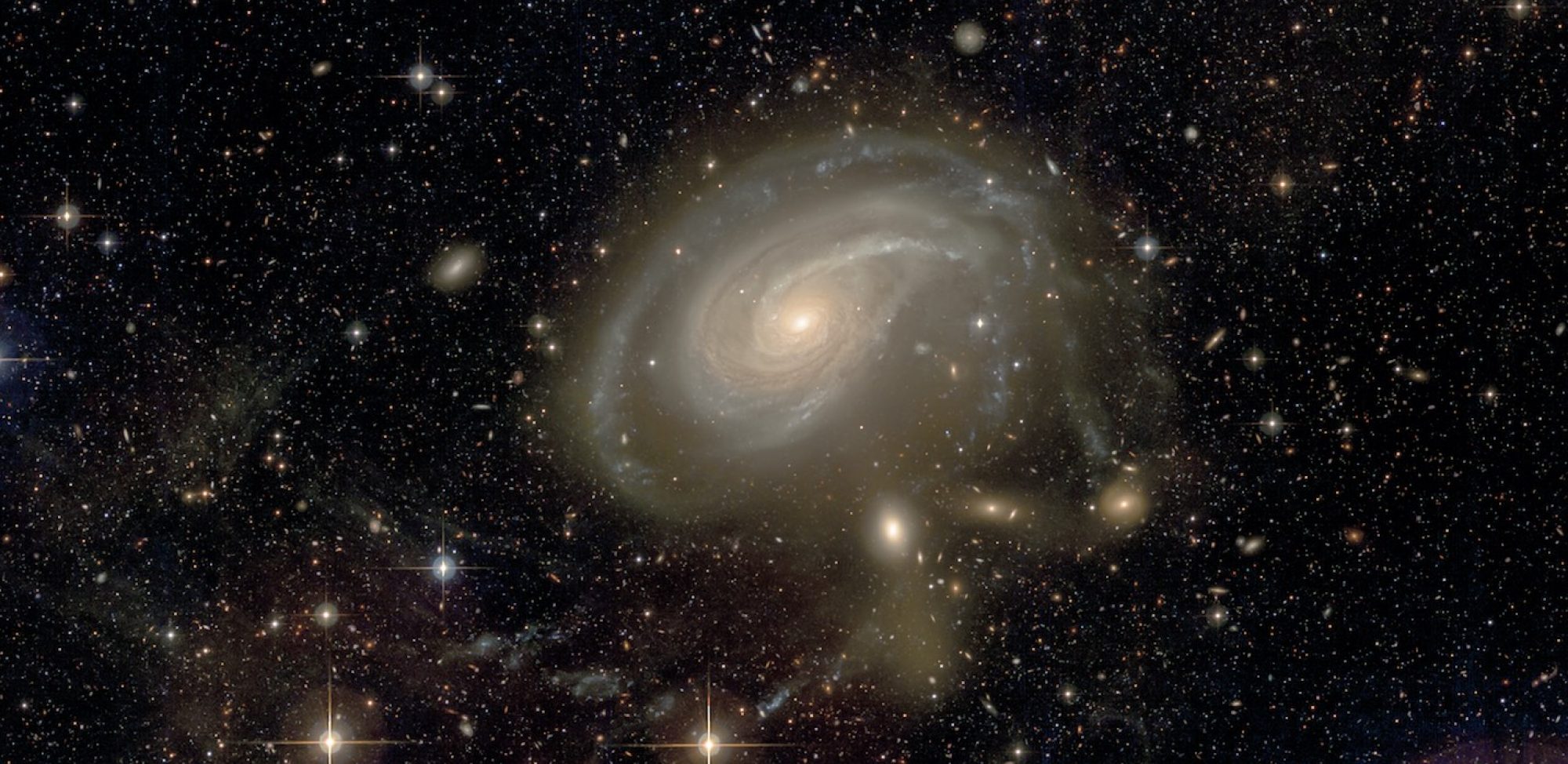
The characterization of Low Surface Brightness (LSB) stellar structures around galaxies such as tidal debris of on-going or past collisions is essential to constrain models of galactic evolution. Our goal is to obtain quantitative measurements of LSB structures identified in deep images of samples consisting of hundreds of galaxies. We developed an online annotation tool that enables contributors to delineate the shapes of diffuse extended stellar structures, as well as artefacts or foreground structures. All parameters are automatically stored in a database which may be queried to retrieve quantitative measurements. We annotated LSB structures around 352 nearby massive galaxies with deep images obtained with the CFHT as part of two large programs: MATLAS and UNIONS/CFIS.
Each LSB structure was delineated and labeled according to its likely nature: stellar shells, streams associated to a disrupted satellite, tails formed in major mergers, ghost reflections or cirrus. From our database containing 8441 annotations, the area, size, median surface brightness and distance to the host of 228 structures were computed. The results confirm the fact that tidal structures defined as streams are thinner than tails, as expected by numerical simulations. In addition, tidal tails appear to exhibit a higher surface brightness than streams (by about 1 mag), which may be related to different survival times for the two types of collisional debris. We did not detect any tidal feature fainter than 27.5 mag.arcsec−2−2, while the nominal surface brightness limits of our surveys range between 28.3 and 29 mag.arcsec−2−2, a difference that needs to be taken into account when estimating the sensitivity of future surveys to identify LSB structures. Our annotation database of observed LSB structures may be used for quantitative analysis and as a training set for machine learning algorithms
Sola et al. 2022, A&A 662, 124

